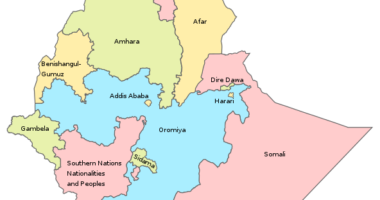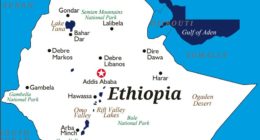- Ethiopia has a diverse set of seasons experienced throughout the year.
Summer season
- It is referred to as Meher or Kiremt and is experienced in June through August.
- During this time, Ethiopians enjoy the monsoon summer season characterized by heavy rainfalls.
- These months are considered the coldest months of the year, and it is advisable to carry warm clothes and lots of layers if you have a plan to visit during these specific months.
- However, visitors and tourists can as well enjoy some few hours of sunshine during the day, especially in the morning.
Autumn season
- It is known as Belg in the local Ethiopian language.
- The Belg season is experienced in September, October, and November, respectively, and is characterized by a majority of people harvesting their crops.
Winter season
- The Bega is a common term used to refer to the winter season and is experienced in December, January, and February.
- These are the dry months experienced in the country.
- Moreover, this season is significantly characterized by frost in most mornings, especially in January and few days of February.
Spring season.
- Spring season in Ethiopia begins in March, April, and May.
- Occasional showers significantly characterize the season.
- However, in May, it is always the hottest month in the country, and it is advisable to carry light clothes during this month.
- Significantly, climatic seasons in Ethiopia are determined by diverse altitudes, rainfall and temperatures experienced in the country.
- Therefore, people in the lowlands usually experience hotter temperatures whereas those living in highland areas experience cooler temperatures.








